Acoustics & Vibrations Blog Posts

Simulating Acoustic Transfer Paths for Active Noise Control
A guest blogger from the FH Bielefeld University of Applied Sciences discusses simulating acoustic transfer paths with COMSOL Multiphysics® to mitigate noise in machinery designs.

Modeling Acoustic Orbital Angular Momentum
Get an introduction to acoustic orbital angular momentum and a demonstration of how to model it. Parr 2 of a blog series on modeling acoustophoretic forces.
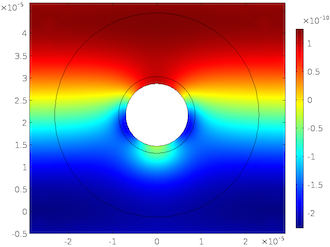
A Thermoviscous Analysis of Acoustic Radiation Forces
Learn how to determine acoustic radiation forces, including thermoviscous and acoustophoretic effects, in the COMSOL® software.
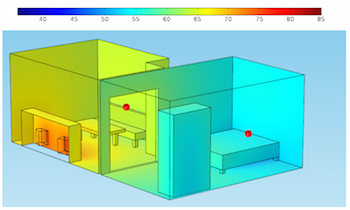
Sweet Dreams with Diffusion Acoustics
Did you know that the acoustic diffusion equation is the quickest and easiest way to model high-frequency acoustics? Get an introduction to the concept of acoustic diffusion here.
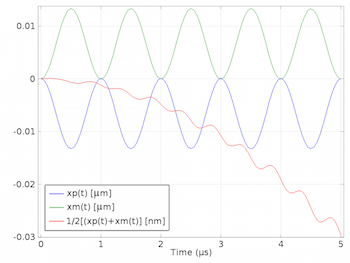
Direct FSI Approach to Computing the Acoustic Radiation Force
In a follow-up to a previous blog post, we demonstrate a direct fluid–structure interaction approach for computing the acoustic radiation force in COMSOL Multiphysics®.
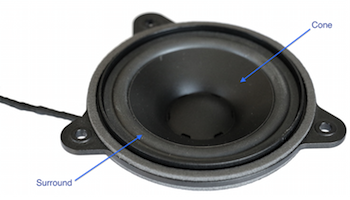
Phase Decomposition Analysis of Loudspeaker Vibrations
A guest blogger from Dynaudio A/S discusses using COMSOL Multiphysics® to perform a phase decomposition analysis of the vibrations in a loudspeaker.
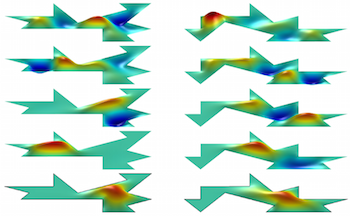
Can We Hear the Shape of a Drum?
Over half a century ago, Mark Kac gave an interesting lecture on a question that he had heard from Professor Bochner ten years earlier: “Can one hear the shape of a drum?”
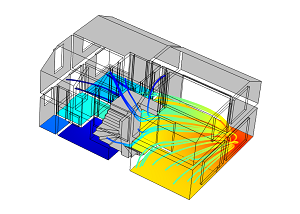
Modeling Room Acoustics with COMSOL Multiphysics
The field of room acoustics aims to study the sound quality of a space in a qualitative way. The Acoustics Module includes features to simulate the acoustics of rooms and other confined spaces.
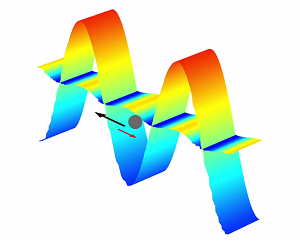
How to Compute the Acoustic Radiation Force
Did you know that objects can actually be moved by sound? This effect is called acoustic radiation, and it is an acoustophoretic phenomenon that can be analyzed in the COMSOL® software.
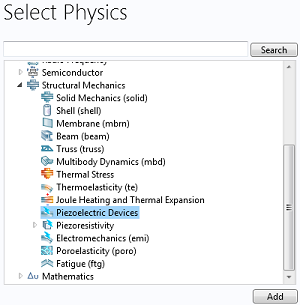
New Piezoelectric Modeling Interface in COMSOL 5.0
As of version 5.0 of COMSOL Multiphysics®, there is a new interface for simulating piezoelectric devices; it has predefined features that make it easy to set up and run a piezoelectric model.
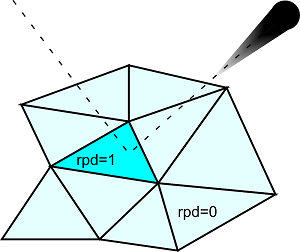
New Accumulators Boost Particle and Ray Tracing Functionality
Accumulators, a series of features available in the Particle Tracing Module, can be used to couple the results of a particle tracing simulation to other physics interfaces.
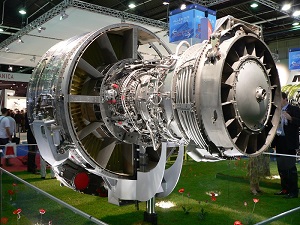
Analyzing Aircraft Engine Noise Through Simulation
By modeling flow duct systems in aircraft engines, it is possible to optimize the shape of certain engine duct parts and the lining properties in order to reduce the sound emission.

Acoustic Levitation Puts a Pure Spin on Medicine Fabrication
Engineers from Argonne National Laboratory used multiphysics simulation and trial-and-error prototyping to optimize the effectiveness of an acoustic levitator for medical fabrication.
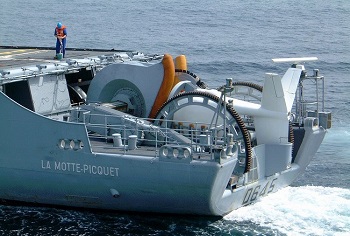
Studying Sonar Systems on a Component Level
Did you know that “sonar” stands for sound navigation and ranging? Using simulation, you can study the individual components of a sonar system, including its electroacoustic transducer.

Seas of Change for Wind Turbines
One benefit of placing wind turbines offshore? They can’t be heard! Even better? High winds occur with more regularity offshore, making energy production more effective!
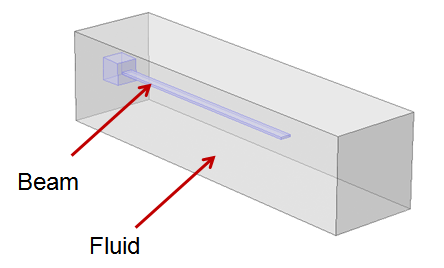
Natural Frequencies of Immersed Beams
A guest blogger from Veryst Engineering demonstrates the modeling of a cantilever beam immersed in a fluid to study its natural frequencies. Read it here >>
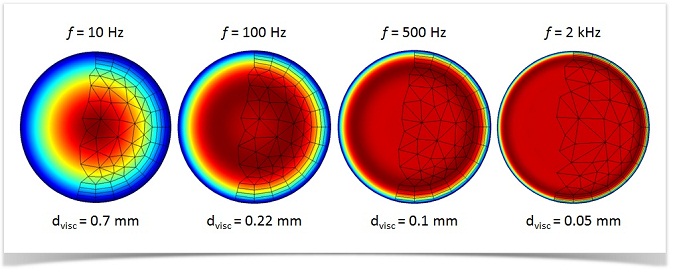
How to Model Thermoviscous Acoustics in COMSOL Multiphysics
Want to solve your acoustics model for acoustic pressure, velocity, or temperature variation? Enter the Thermoviscous Acoustics interface, which offers a simple and accurate way.
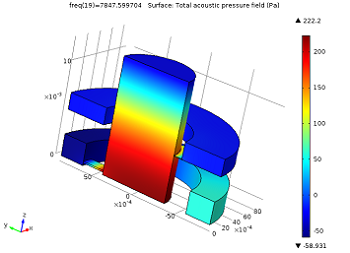
Theory of Thermoviscous Acoustics: Thermal and Viscous Losses
Here’s your comprehensive introduction to thermoviscous acoustics. Topics covered include theory, physics, boundary layers, bulk losses, attenuation, and narrow region acoustics.
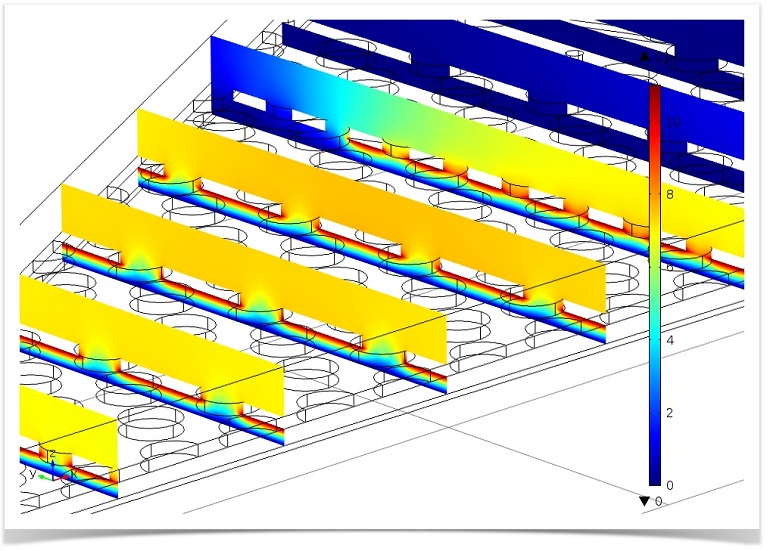
MEMS Microphone Model Presented at ASA 166 in San Francisco
What is a MEMS microphone? Learn about this versatile device, as well as how to model it using COMSOL Multiphysics® with the add-on MEMS Module and Acoustics Module.

Thermoacoustics Simulation for More Robust Microphone Analysis
When performing an analysis on small-scale audio equipment, such as hearing aids, cell phones, and microphones, the obvious physical phenomenon that’s analyzed is pressure acoustics. However, there are other physics interactions that significantly affect these small devices, including electromechanical interactions and viscothermal losses. Most notably, thermoacoustics (the detailed modeling of acoustics including thermal conduction and viscous losses) is an often overlooked effect that can alter the results of a model. These effects are important in all devices with small length […]
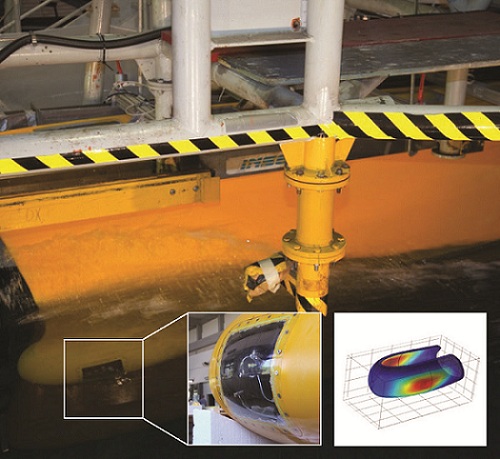
Starting Small with Sonar Dome Design
Starting the design process by testing on a small scale is often the best way to tackle issues affecting large objects, like a ship. Detailed in COMSOL News 2013, researchers at INSEAN, The Italian Ship Model Basin, used small-scale testing and then simulation to analyze the effect of placing a sonar system within the bulbous bow at the hull of a ship. Using a small-scale model of a bulbous bow, the researchers at INSEAN performed fluid-structure interaction experiments, and subsequently […]

Modeling Magnetostriction Using COMSOL Multiphysics®
If you have ever stood next to a transformer, you have probably heard a humming sound coming from it and wondered if there were bees close by. When you hear that sound the next time, you can rest assured that it’s not bees but the magnetostriction of the transformer core that is making that humming sound.
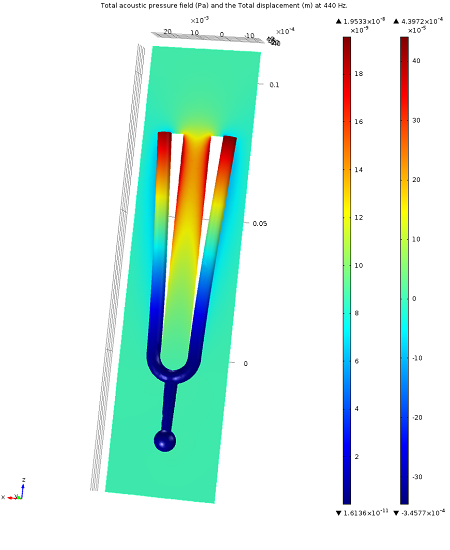
Tuning an Orchestra with the Help of Multiphysics Simulation
Multiphysics applications are all around us. Consider, for example, a setting where science may be the last thing on our minds: a music concert. You might be enjoying the slight sinusoidal variations in atmospheric pressure we call sound waves, or music, but those pressure variations must come from somewhere. In fact, they are due to a multiphysics effect where sinusoidal structural vibrations in an object disturb the surrounding air, causing pressure variations in the air that then propagate outward and […]
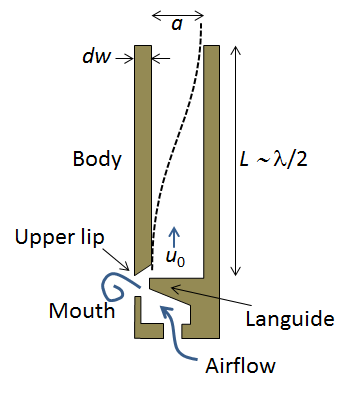
Acoustics Tutorial for Modeling Organ Pipe Design
The way the sound is shaped as it passes through the pipe of an organ is the result of a carefully calculated and intricate pipe design. Browsing through the Model Gallery, I came across a model of an organ pipe, and it happens to be a great acoustics tutorial for using the Pipe Acoustics, Frequency Domain interface in COMSOL Multiphysics. Let’s talk organ pipe design, and walk through how we can model it with multiphysics software.
